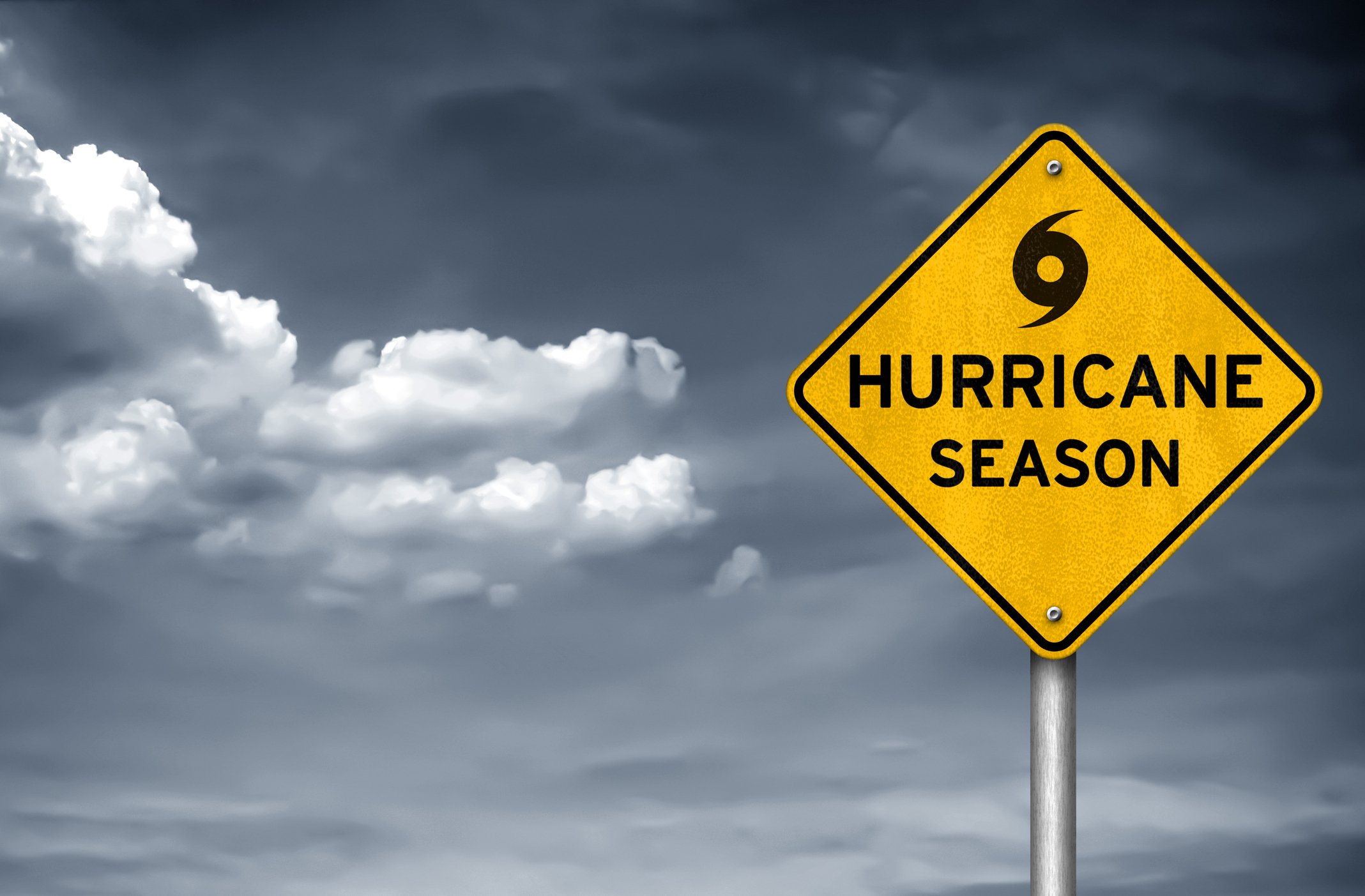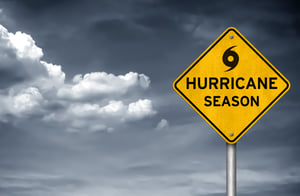7 Ways to Prepare Your Fleet for the 2020 Hurricane Season

 The 2020 Atlantic hurricane season is predicted to have “above normal” activity according to the Colorado State University Tropical Meteorology Project. Following a destructive 2019 season that included Hurricane Dorian — which pummeled the Bahamas and made landfall as a Category 1 hurricane near North Carolina’s Outer Banks — major activity is expected again this year.
The 2020 Atlantic hurricane season is predicted to have “above normal” activity according to the Colorado State University Tropical Meteorology Project. Following a destructive 2019 season that included Hurricane Dorian — which pummeled the Bahamas and made landfall as a Category 1 hurricane near North Carolina’s Outer Banks — major activity is expected again this year.
The forecast released by Colorado State University in early April predicts an “above-average probability for major hurricanes making landfall along the continental United States.” An average season has 12 tropical storms, six of which become hurricanes.
For this 2020 hurricane season, the forecast anticipates six named tropical storms and eight hurricanes. Of the eight hurricanes predicted, four are expected to be major hurricanes. Major hurricanes are Category 3 and up with sustained wind speeds of 111 mph or greater on the Saffir-Simpson Hurricane Wind Scale. A tropical storm becomes a hurricane when the closed circulation becomes an eye and sustained winds reach at least 74 mph.
The forecast also estimates:
- 80 named storm days (average is 59.4)
- 35 hurricane days (average is 24.2)
- 9 major hurricane days (average is 6.2)
Experts from Colorado State University are among the top hurricane forecasters in the nation. If their 2020 forecast holds true, the message for fleet managers and owner-operators is clear - have emergency fueling preparedness procedures in place. Otherwise, you risk hurting your business by not having access to reliable fuel. It only takes one hurricane making landfall to make it an active season for your business.
Let’s take a closer look at how to be prepared.
Better to Be Safe than Sorry
Your current fueling schedule and fuel preparedness procedures are adequate for business as usual. But relying on them when a natural disaster strikes is not a risk worth taking. Conventional fuel is usually not available during a disaster. Therefore, you risk not having fuel for your vehicles and generators. This can result in numerous situations that aren’t bottom line friendly like loss of power, loss of productivity, grounded vehicles, and loss of business. The worst outcome? A damaged reputation because you can’t effectively service customers in the areas affected by the disaster.
Avoid these situations by creating a plan of attack. Start by determining emergency fuel planning/procedures your fleet needs to take now. Consider these tips to ensure you have all bases covered:
1. Make sure your contract with your fuel provider clearly states they must make a good faith effort to supply fuel when conventional fuel is not available.
2. When discussing an emergency fuel plan with your provider, cover these key areas:
- What emergency services they offer
- Fuel demand forecasting
- How and when fuel is delivered
- The security and extent of their fuel networks
- Their tank wagon and transport capacity
- Availability of a 24/7 emergency point-of-contact
3. Fill or top off tanks, generators, and vehicles.
4. Have an emergency fuel supply available that can last at least 72 hours. According to FEMA, 72 hours is the average response time during emergencies.
5. Determine which areas of your business need fuel first and create a priority list for receiving emergency fuel deliveries. That way, your most essential vehicles can get to the job faster.
6. Ensure your fuel storage is safe by purchasing water-tight seal caps for fuel tanks and vehicles. This is important in case there is flooding or other water damage.
7. Maintain fuel storage tanks, generators, and vehicles with regular maintenance checks, ensuring they are in good working order.
You can never be over prepared when it comes to running your fleet during a disaster. Check out the Fleet Manager's Guide to Emergency Prep eBook to ensure you have an effective plan.